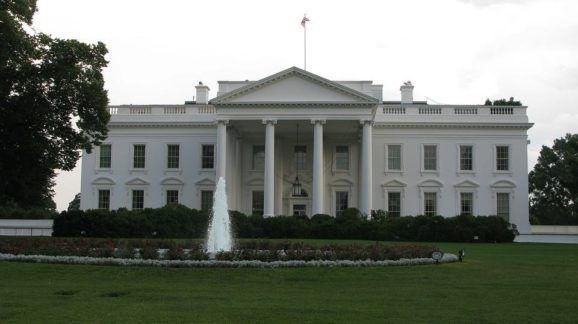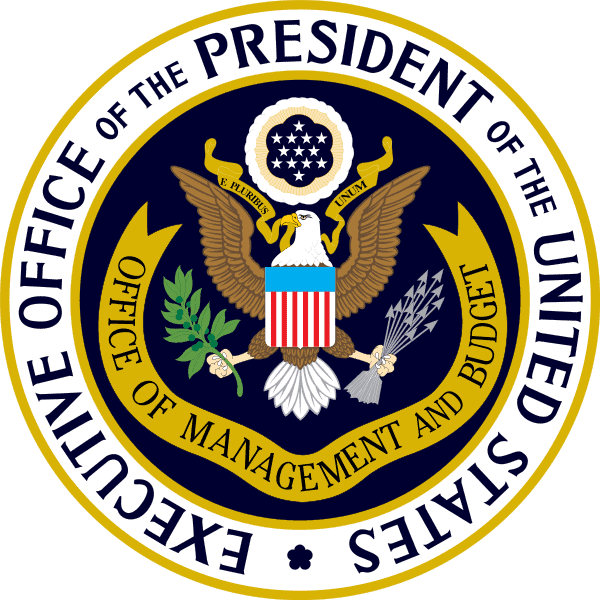President Trump Signs Executive Orders to Improve Use of Guidance Documents

 President Donald J. Trump on October 9th signed two executive orders (EOs) intended to improve and limit the use of guidance documents. This is good, potentially great, news for individuals and small businesses that have not violated any laws or even any regulations, and yet have felt the heavy hand of the regulatory state. In remarks in the White House’s Roosevelt Room before he signed the EOs, the president called on three people who have suffered notable abuse by guidance documents.
President Donald J. Trump on October 9th signed two executive orders (EOs) intended to improve and limit the use of guidance documents. This is good, potentially great, news for individuals and small businesses that have not violated any laws or even any regulations, and yet have felt the heavy hand of the regulatory state. In remarks in the White House’s Roosevelt Room before he signed the EOs, the president called on three people who have suffered notable abuse by guidance documents.
The EOs identify problems with guidance documents that have been more fully exposed and analyzed by my CEI colleague Wayne Crews in a number of articles and studies on “regulatory dark matter.” As Wayne’s research has found, federal agencies have issued tens of thousands of guidance documents which “threaten democratic accountability and the rule of law because the public has little or no role” in their formulation. Because guidance documents are not subjected to the Administrative Procedure Act, they should not be legally binding. Nonetheless, many citizens have learned that ignoring guidance documents (even ones that are not publicly available) can lead to enforcement actions.
The president’s EO on improved guidance documents states that: “[I]t is the policy of the executive branch, to the extent consistent with applicable law, to require that agencies treat guidance documents as non-binding both in law and in practice, except as incorporated into a contract, take public input into account when appropriate in formulating guidance documents, and make guidance documents readily available to the public.”
The EO goes on to require that federal departments and agencies must make all guidance documents publicly available by posting them on a website in a “single, searchable, indexed database” within 120 days after an implementing memorandum from the Office of Management and Budget (OMB) is published. It requires agencies to review all their guidance documents, rescind those judged to be unnecessary or improper, and report to the OMB director within 240 days the reasons for maintaining in effect those guidance documents that have been flagged by the director.
Also specified are new procedures for issuing guidance documents. These include: “a requirement that each guidance document clearly state that it does not bind the public, except as authorized by law or as incorporated into a contract;” procedures for the public to petition for withdrawal or modification of a guidance document; and public notice and comment for guidance documents identified as “significant” (that is, having major economic costs).
The second EO aims to improve transparency and fairness by setting down several conditions for and limits on the use of guidance documents in civil administrative enforcement and adjudication. It states clearly that: “Guidance documents may not be used to impose new standards of conduct on persons outside the executive branch except as expressly authorized by law or as expressly incorporated into a contract. When an agency takes an administrative enforcement action, engages in adjudication, or otherwise makes a determination that has legal consequence for a person, it must establish a violation of law by applying statutes or regulations. The agency may not treat noncompliance with a standard of conduct announced solely in a guidance document as itself a violation of applicable statutes or regulations.”